

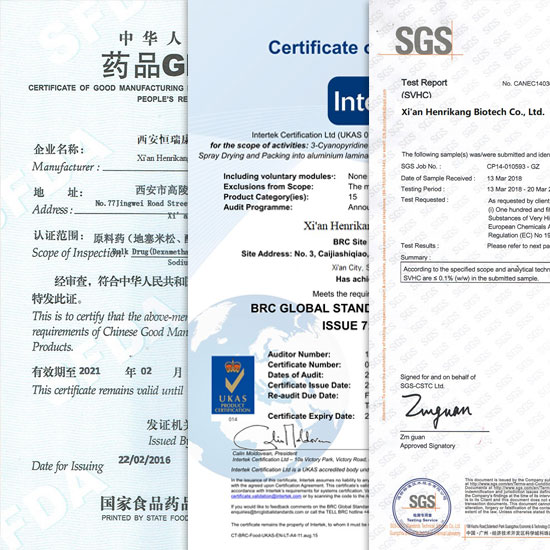



Related Attributes
Product details
Melamine is an important nitrogen heterocyclic organic chemical intermediate with urea as raw material, which is more and more favoured due to its environmental protection performance and wide range of uses, and is widely used in wood processing, plastics, coatings, water reducers, papermaking, adhesives, textiles, leather, electrical appliances, pharmaceuticals, flame retardants and other industries.
After decades of development, China has developed its own unique semi-dry technology, and at the same time also digested and absorbed advanced foreign process technology and equipment to further enhance the overall strength of the domestic TSP industry. At present, China has become the world's largest melamine production base and exporting countries.
Uses of Melamine.
Industrial additives, widely used in plastics, paints, textiles, paper. Recently tested items: milk powder, feed companies add melamine to increase the protein content. By adding some chemicals with high nitrogen content, it can create the illusion that the protein content meets the standard in the test. This is why melamine is also known as ‘protein concentrate’. Large amounts of melamine can damage the reproductive and urinary systems of humans and animals, resulting in kidney and bladder stones and death from kidney failure.
Melamine resin can be produced by condensation and polymerisation with formaldehyde, which can be used in plastics and paint industry, and also as textile anti-folding and anti-shrinkage treatment agent. Its modified resin can be used to make brightly coloured, durable and hard metal coatings.
It can also be used for strong, heat-resistant decorative sheet, moisture-proof paper and grey leather tanning agent, synthetic fire-resistant laminate adhesive, waterproofing agent fixing agent or hardener. 582 Melamine resin made from melamine, formaldehyde and butanol. It is used as levelling agent for solvent-based polyurethane coatings with excellent effect.

Preparation method of Melamine.
The melamine production unit adopts the pressurised gas phase quenching and cooling method, in which the liquid urine from the urea plant area is used as raw material to generate melamine and by-product tail gas (ammonia and carbon dioxide) through catalytic reaction, the excess ammonia and carbon dioxide are sent to the urea cogeneration unit to co-generate urea, and the generated urea continues to be sent to the melamine plant, thus realising the recycling of raw material production.
In the melamine crystallisation section, the process gas from the crystalliser is separated by the finished product cyclone separator, and then the process gas at 210℃ enters the top of the liquid-urine scrubber tower, where it comes into contact with the liquid-urine downstream under the spray, and then reaches 133~138℃ after heat exchange by the liquid-urine cooler, and then enters into the collecting box through five column cyclones to carry out the gas-liquid separation to remove the melamine and the low-temperature by-products, and then the gas is separated by the gas-carrying cyclone separator and enters into the collecting box, and the gas is carried by the gas-carrying cyclone separator and then enters into the melamine plant. The gas is then separated by the carrier cyclone separator and enters into the carrier gas compressor, part of which is used as circulating carrier gas, the other part of which enters into the cold gas blower and is sent to the crystalliser, and the excess melamine tail gas is sent to the urea absorption system for recycling through the tail gas compressor.

Product Methods of Melamine.
It is produced by reacting dicyandiamide with ammonia in methanol solvent at 200°C. This method consumes 1180kg of dicyandiamide (98%) per tonne. This method consumes 1180kg of dicyandiamide (98%) and 30kg of liquid ammonia per tonne of product.Compared with this method, the urea method has low cost and is more commonly used nowadays. Urea is produced by using ammonia as carrier and silica gel as catalyst, and the boiling reaction is carried out at a temperature of 380-400°C. Cyanic acid is firstly decomposed to produce cyanuric acid, which is further condensed to produce melamine. The generated melamine gas is cooled and trapped to get the crude product, and then dissolved, remove impurities and recrystallised to get the finished product. The production of melamine by urea method consumes about 3800kg of urea and 500kg of liquid ammonia per tonne of product.
WHY CHOOES US?
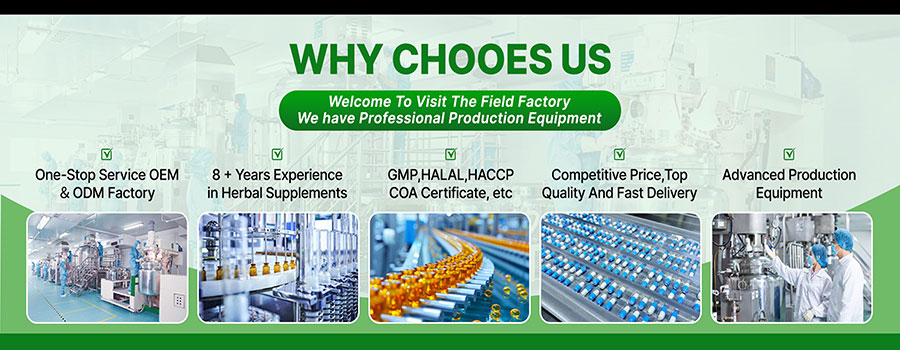
OUR CERTIFICATE
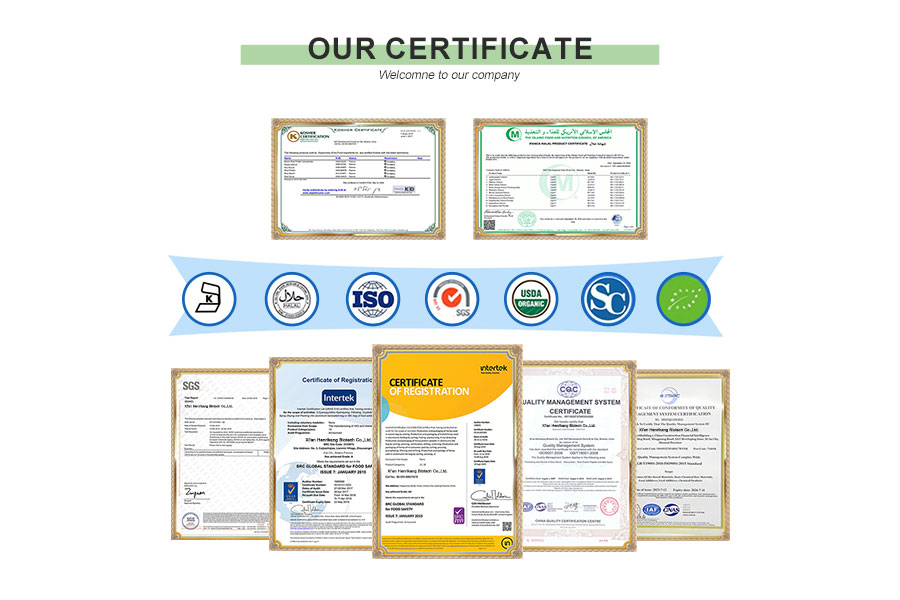
CUSTOM PROCESS
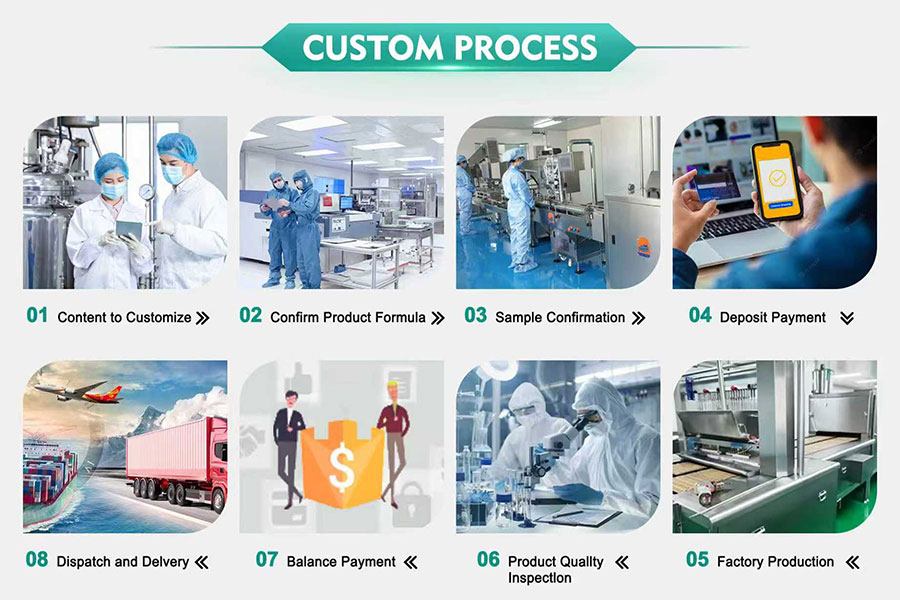
OUR PACKAGE
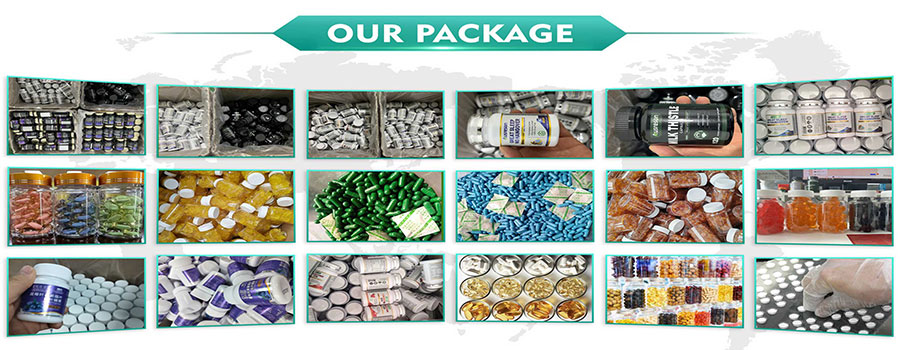
OUR EXHIBITION
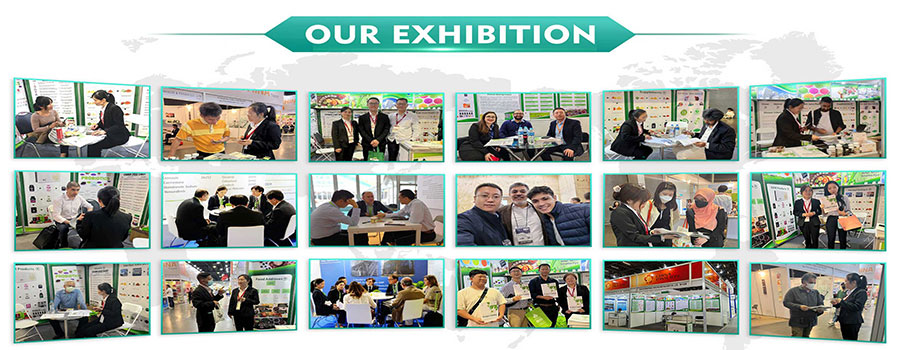
OUR FACTORY
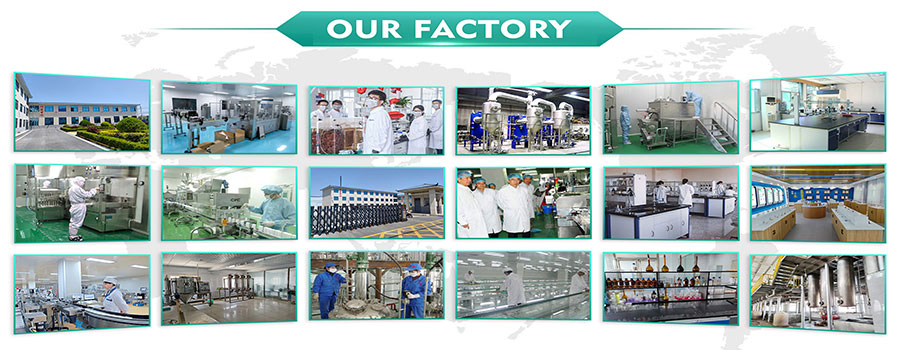
Shipping
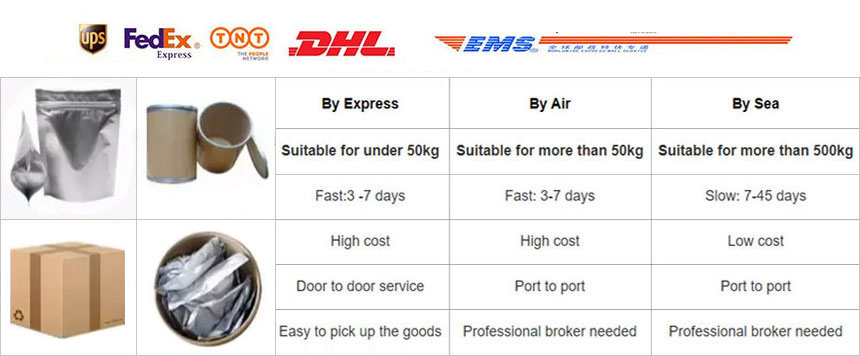
Pharmaceutical Intermediate manufacturers
©2022 Xi'an Henrikang Biotech Co., Ltd.,